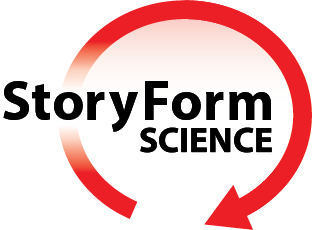Fusion Science Theater Methods
Fusion Science Theater developed innovative methods that use principles and techniques from theater and story to create science outreach shows that teach the “big ideas” of science.
Focus on Learning: Fusion Science Theater shows are fun and exciting, but entertainment is not our first priority. Instead, we design shows that use the tools of drama to create a compelling learning experience. Each show teaches one basic science concept that will help children understand and predict events of the natural world.
Host Characters: Audience members invest themselves in a play or story because they identify with the characters. This emotional connection makes the problems and concepts of a play more personal and compelling. To invoke the engagement of character, our shows are led by Host Characters who invite the audience to participate in the investigation through Q&A, call and response, and dramatization.
Investigation Question and “Vote Your Prediction”:
When the main character in a play is challenged by an event, it raises a question in the minds of the audience members. This “dramatic question” makes them pay attention until it is answered in the end. This sparks curiosity, elicits attention, and motivates the audience to wrestle with the problems presented as the play unfolds. Our shows use an “investigation question” that challenges the audience to predict the outcome of a demonstration. To focus their thinking and increase their investment, we offer them possible answer to the question and ask them to vote by ballot on the one they think is most likely.
Revelations and Physical Representations:
In a play, the main question is followed by bits of information that the audience must piece together to answer the question. Our shows offer demonstrations and a physical dramatization to help the audience members learn the concept. The dramatization is acted out by children from the audience who play the role of electrons, ions, atoms or molecules in a kinesthetic representation of the central concept.
Second “Vote Your Prediction”: Children get a chance to vote for the answer to the question one more time before they witness the demonstration in question.
Investigation Question Answered by Demonstration: The much anticipated final demonstration elicits cheers from the audience. This reaction is not prompted by spectacle, but instead by the excitement, satisfaction, and joy the children feel to finally see the answer and know if they got it right.
This structure challenges the children in the audience to learn a concept to answer an intriguing question. The first and second vote not only increase their interest and investment in learning, they also serve as an embedded assessment of cognitive gains. Do the shows work? Check out How We Know It Works to see some data!
You can contact us to find out more about our methods. We also offer four FST Methods workshops.




